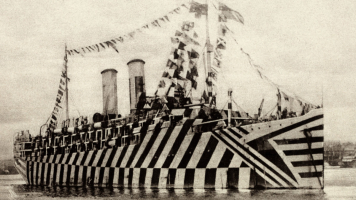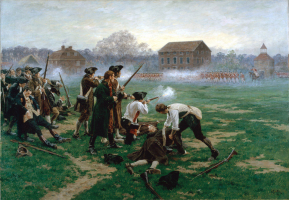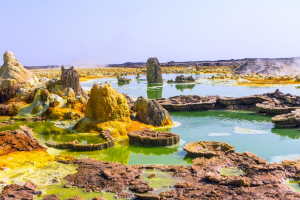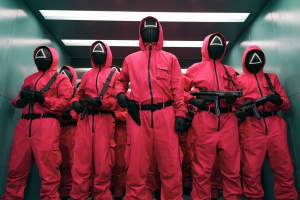Top 10 Bizarre and Mysterious Tales of Survival
The human body is a strange and amazing creation. Occasionally, in comparison to all the other species in the planet, we feel weak and flexible. Compared to ... read more...certain animals, who can be up and moving around within hours of birth, humans are not well suited for living in the wild and our young can't take care of themselves for years. Despite our apparent frailty, occasionally a person emerges who can endure incredible difficulties...
-
The typical perception of Ernest Hemingway is that of a man's man. He was a writer, yes, but he was also a persona that was larger than life. In addition, he had enough close calls in his real life to give any fictional story unbelievable padding. He served as a Red Cross ambulance driver during the First World War. He claims that an Austrian mortar almost killed him, leaving him with 237 pieces of shrapnel and an aluminum kneecap.
Later, when attempting to wrangle a shark off of Key West, he nearly killed himself by shooting the calves of both legs. The human body is a peculiar and remarkable invention. We occasionally feel frail and flexible in compared to every other creature on the globe. Humans are not well-equipped to live in the wild, and our young can't take care of themselves for years, unlike certain animals, which can be up and roaming around within hours of birth. Despite our apparent weakness, there are occasionally people who can bear enormous hardships.
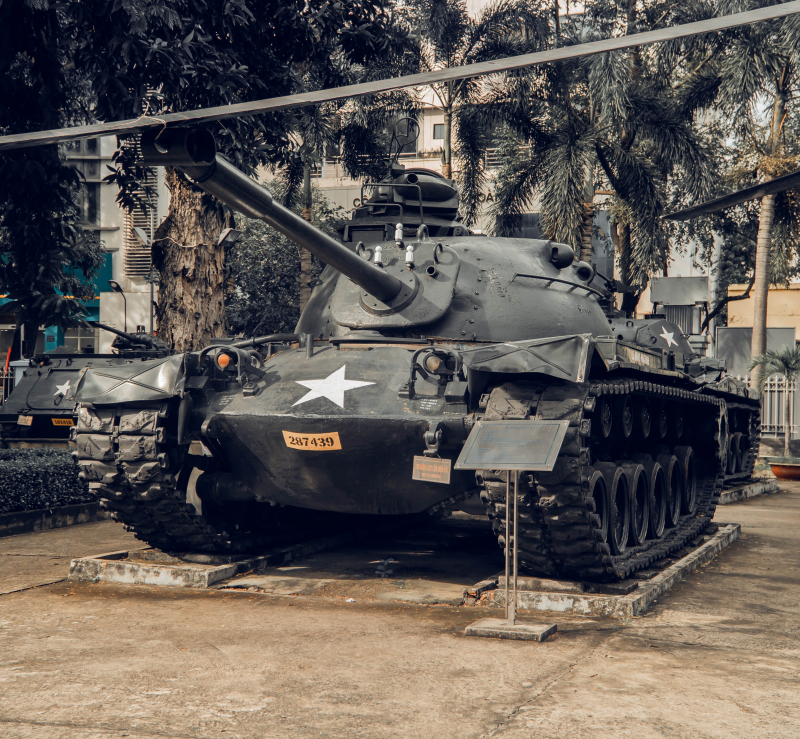
Image by Pixabay via pexels.com 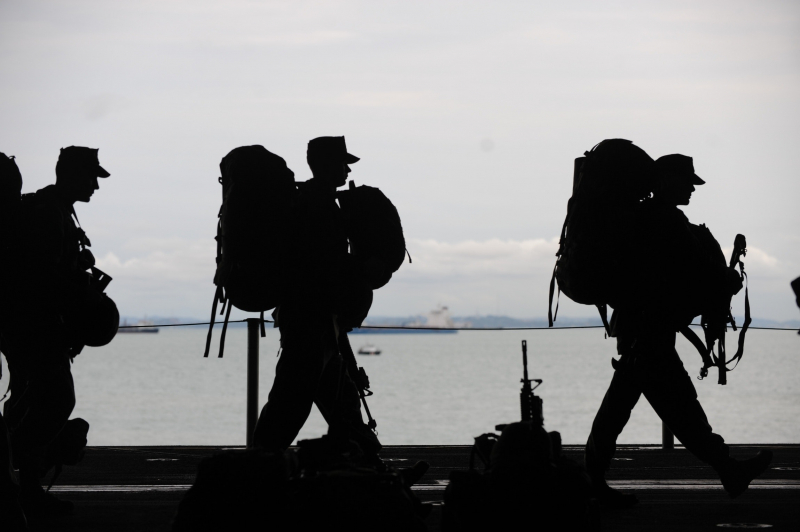
Image by Quý Nguyễn via pexels.com -
Remarkable survival is not only a human phenomenon. Nature occasionally pulls a spectacular hat-trick, like in the instance of Bahrain's Tree of Life. This tree, which is located atop a sandy hill at Bahrain's highest point, is believed to have been planted around 1582. An parched desert surrounds the healthy-looking tree, which is green. There is no source of water in the immediate area, and there doesn't appear to be one underneath either.
It is clear that the tree is receiving water from someplace, and it is thought that its roots extend deep into the ground, perhaps as far as fifty meters. Of However, others claim that the tree is still living since it was placed at the location of the Garden of Eden.

Image by Pixabay via pexels.com 
Image by Pixabay via pexels.com -
Typically, while discussing marine survival, stories of one remarkable person who persisted when it seemed all hope was lost are told. The Robertson family's tale of survival in a 9-foot dinghy for 38 days before being rescued is another.
The Robertson family, which included Dougal and Lyn, their children Douglas, Sandy, and Neil, as well as a friend by the name of Robin, intended to sail around the globe in 1971. A killer whale pod capsized the boat 200 miles from the Galapagos Islands, which was a tragic turn of events.
Before entering the small dinghy, the family sought refuge on a life raft that deflated after 17 days. A 10-day supply of food was available to them. Before entering the small dinghy, the family sought refuge on a life raft that deflated after 17 days. They had a bag of onions, a tin of biscuits, 10 oranges, 6 lemons, and half a pound of candies, which was enough food for 10 days. The ocean was also teeming with sharks.
The family's 38-day survival at sea was partially made possible by Lyn Robertson's exceptionally resourceful thinking. Lyn, a nurse by profession, was aware that consuming sea water was fatal for everyone. The family had also been ingesting the blood of trapped sea turtles in an effort to survive. Yet it wasn't sufficient. Lyn therefore came up with a creative, if unbelievable, solution.
Before entering the small dinghy, the family sought refuge on a life raft that deflated after 17 days. They had a bag of onions, a tin of biscuits, 10 oranges, 6 lemons, and half a pound of candies, which was enough food for 10 days. The ocean was also teeming with sharks.
The family's 38-day survival at sea was partially made possible by Lyn Robertson's exceptionally resourceful thinking. Lyn, a nurse by profession, was aware that consuming sea water was fatal for everyone. The family had also been ingesting the blood of trapped sea turtles in an effort to survive. Yet it wasn't sufficient. Lyn thus came up with a creative, if unbelievable, solution.
Image by thiago japyassu via pexels.com 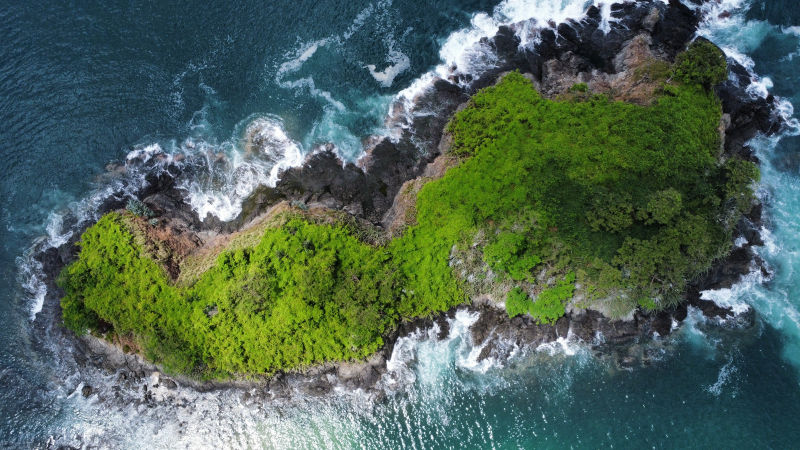
Image by Dylan Dreksler via pexels.com -
Robinson Crusoe's narrative is a great one about a castaway that is packed with adventure. Few people are aware that it was mostly or entirely based on the true story of Alexander Selkirk. The Scottish sailor had a reputation for being a bit of a braggart and having issues with authority, so it may not have come as a huge surprise when, in the year 1704, he got into a disagreement with his captain and told the younger man to just abandon him on a neighboring island. The captain gave in, and Selkirk received the traditional heave-ho.
He had access to an abundance of food on the island, including wild turnips and other vegetation, as well as savage goats. The Robinson Crusoe story is a fantastic one about a castaway who is full of adventure. Few people are aware that Alexander Selkirk's true narrative served as the basis for most or all of the film. It may not have surprised anyone that the Scottish sailor, who had a reputation for being a bit of a braggart and having issues with authority, got into a fight with his captain in the year 1704 and advised the elder man to just leave him on a nearby island.
Selkirk received the customary heave-ho once the skipper gave in. On the island, he had access to a plethora of food, including untamed goats, wild turnips, and other plants. Armies of rats would. Due to the fact that Selkirk was a Scottish privateer, Spanish sailors who attempted to capture him twice would have executed him. He was able to remain undetected while his pursuers peed on a tree where he was hiding. About four years after being abandoned on the island, in 1709, he was finally rescued.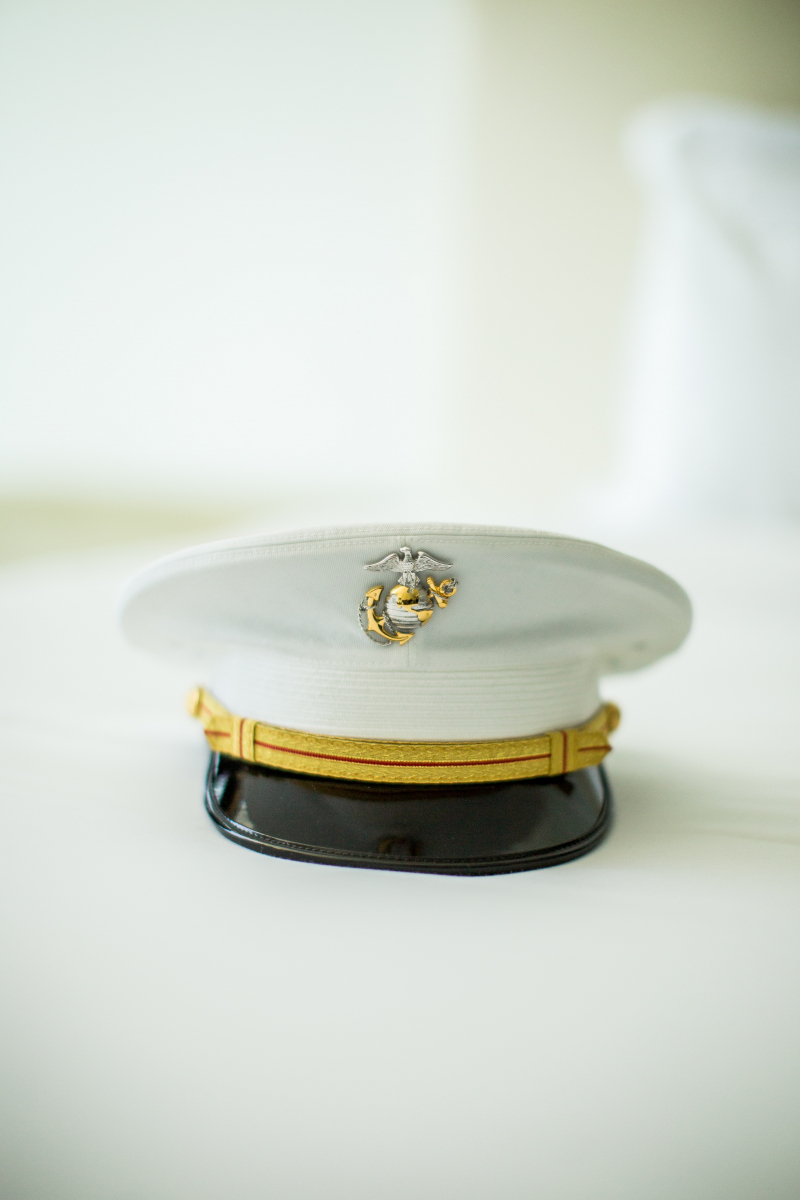
Image by Caleb Oquendo via pexels.com 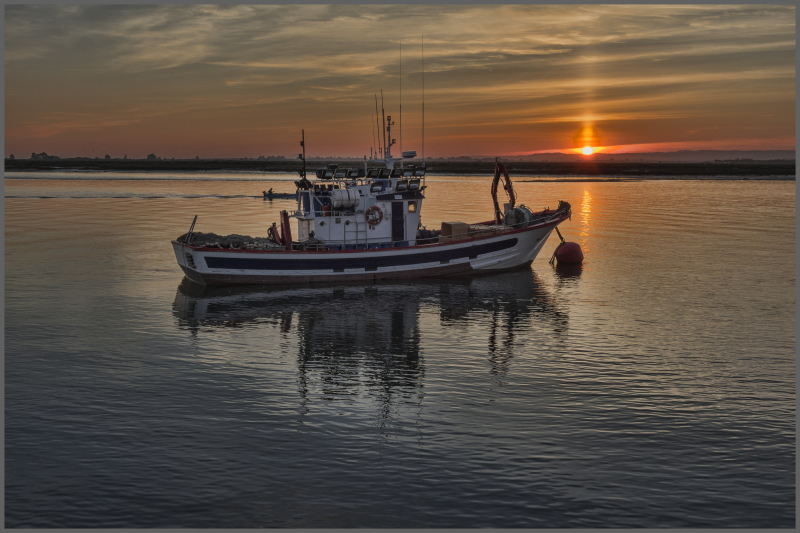
Image by Agustin Piñero via pexels.com -
Every time someone is described as being unkillable, you can be sure there is a compelling justification. Adrian Carton de Wiart experienced this. De Wiart served in the Boer War, the First World War, and the Second World War with just one eye and one hand. For his troubles, he received gunshot wounds to the ear, hip, leg, ankle, and through the skull, as well as the face, leg, and hip. He made it through everything.
Eight times during the First World War alone, de Wiart suffered serious injuries. He had been shot in the stomach and groin during his time fighting in the Boer War. He carried grenades in his one remaining functional hand while using his teeth to remove the pins when he had no other options. The doctor refused to amputate his fingers because an artillery barrage had destroyed the appendage, so he tore them off himself.
He was shot down over the Mediterranean during the Second World War. He swam to shore, where the Italians caught him. He was in his sixties at the time, and despite being old, one-handed, and blind in one eye, he often managed to escape his POW camp. He represented Winston Churchill personally in China after the war, and he passed away quietly at the age of 83.
Image by Pixabay via pexels.com 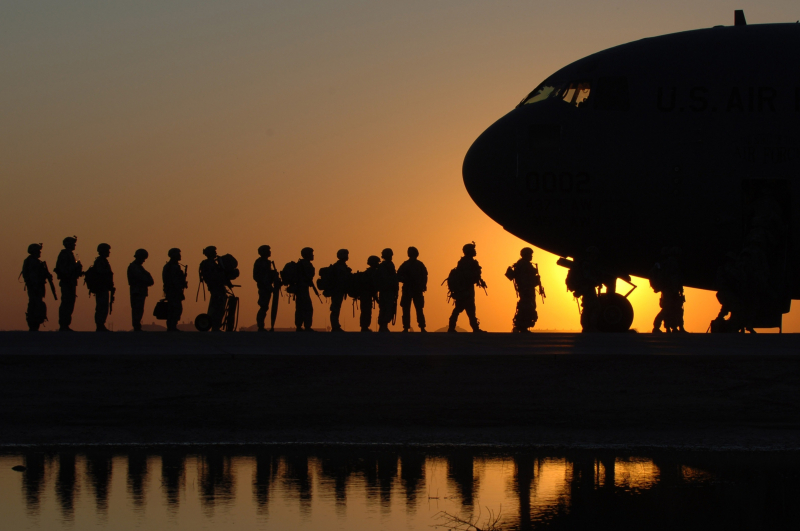
Image by Pixabay via pexels.com -
That must have been a complete chaos when US soldiers landed on the beach in Normandy. Since then, many movies have attempted to capture that exact moment, most notably Saving Private Ryan's startlingly violent and dramatic opening scene. Yet for each and every one of those men who persisted, being there in the flesh would have been extremely horrific.
One thing that most people probably don't consider all that much is how one man had to be the first in the midst of all that commotion. The first soldier to step foot on that shore had to be him. He went by the name Leonard Schroeder. Captain Schroeder was the first US soldier to step foot on the beaches of Normandy during D-Day in 1944.
As Schroeder led his group onto Utah Beach, he was wounded twice. He led his men many miles inland in spite of his wounds before collapsing from blood loss. Schroeder never intended to be the first person on the beach, and he didn't particularly enjoy the attention he eventually received for it. But, the truth is that he did have a later life to mention. He went home after surviving the war and lived to be 90 years old.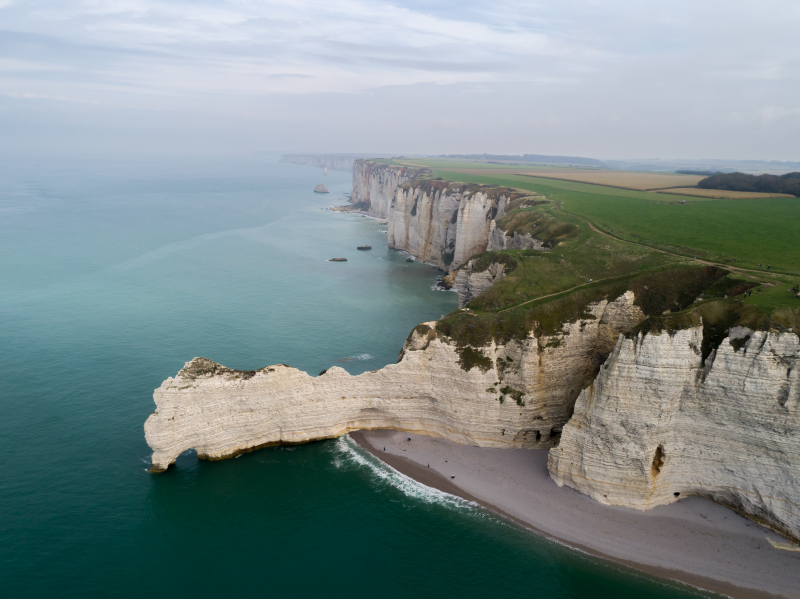
Image by Mikhail Nilov via pexels.com 
Image by Matt Hardy via pexels.com -
If Brian Udell is unknown to you, you are losing out on one of the most amazing survival tales ever. Udell is the only person in history to have endured a supersonic jet ejection. That implies that when he ejected from the vehicle, he was moving faster than the speed of sound.
When the avionics of the plane failed due to a computer fault, Udell was moving at about 800 mph. As everything went awry, they were making a 60-degree right turn, and the jet was speeding directly toward the ocean. Udell delivered the ejection order at a height of 10,000 feet. 6,000 feet was used to draw the handle. Dennis White, the co-pilot, bailed out at 3,000 feet. At 1,500 feet, Udell ejected. His helmet and mask were immediately torn off of his head due to the force's extreme intensity. At a height of 500 feet, his parachute opened.
White perished instantly after being ejected, but Udell lived despite suffering terrible wounds. He will probably never even walk again, the doctors predicted. By six months, he was back on his feet, proving their assumptions to be incorrect. He resumed flying missions in 10 months.The Japanese Navy eventually discovered the castaways after they had drifted for an absolutely astounding 2,000 kilometers, and he was taken prisoner. Before being freed, he was imprisoned for two years and subjected to countless torturous acts. Later in life, he even sent his former tormentors a letter of pardon for what they had done.
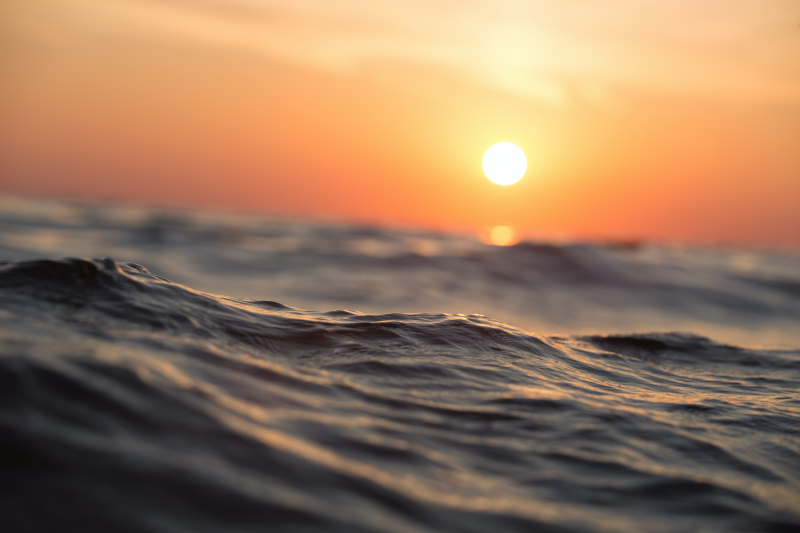
Image by Sebastian Arie Voortman via pexels.com 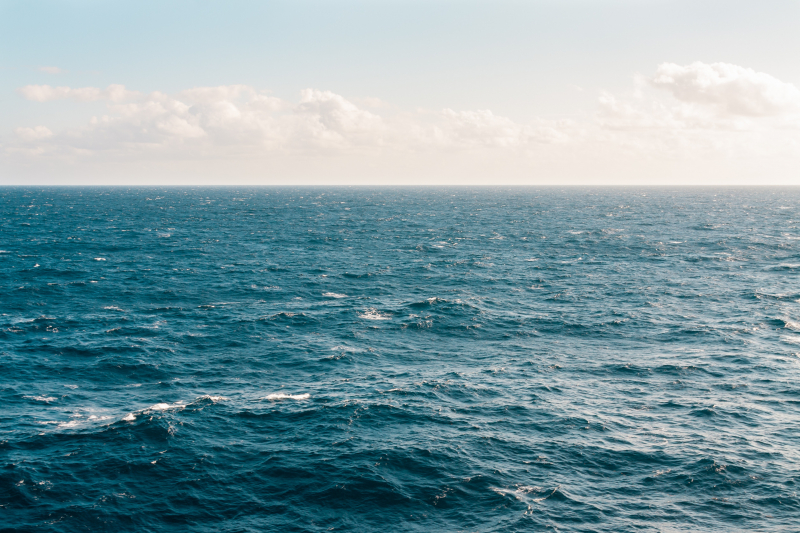
Image by Kellie Churchman via pexels.com -
If you don't know Louis Zamperini's name, you ought to. He is among the closest things to a real-life superhero that we have. The man's life tale is so amazing that you'd think it was all fiction if Tom Hardy or another actor played him in a biopic. (In actuality, a movie was made of his life, but Jack O'Connell portrayed him. Unbroken was the title of the film, which Angelina Jolie directed.)
He had a reputation for being a bit of a problem when he was younger, and was reportedly the head of a children's criminal organization. Nevertheless, by the time he was in high school, he had straightened out and was one of California's top student-athletes. He qualified for the Olympic team at the youngest age ever for distance running.
He stands out as a minor action star due to his involvement in the war. During the Second World War, while serving as a B-24 bombardier, his aircraft narrowly avoided running out of fuel on one mission before returning to the Midway Atoll. The majority of the crew was killed when his B-24 was later shot up by Japanese Zeros, but the remaining members—including Zamperini—made it back to base alive despite the plane having 600 bullet and shrapnel holes.
Zamperini's luck ended out in 1943 when his aircraft crashed over the Pacific. Three of the eleven crew members—Zamperini, the pilot, and the tail gunner—survived. Even after being strafed by Zero pilots who spotted the guys afloat, he still managed to survive despite being lost at sea for 47 days.
The Japanese Navy eventually discovered the castaways after they had drifted for an absolutely astounding 2,000 kilometers, and he was taken prisoner. Before being freed, he was imprisoned for two years and subjected to countless torturous acts. Later in life, he even sent his former tormentors a letter of pardon for what they had done.
Image by SevenStorm JUHASZIMRUS via pexels.com 
Image by Pixabay via pexels.com -
Nobody needs to be reminded of the horrific catastrophe that was September 11, 2001. And while everyone is aware of the awful deaths that took place on that day, very few people are aware of the tales of the people who overcame all odds to survive under such extraordinary circumstances.
Pasquale Buzzelli, a structural engineer who is 34 years old, was one such survivor. At ten in the morning on September 11, he was working in his office, which was on the 64th floor of the North Tower. Together with the rest, he attempted to flee the building, but only made it as far as the 22nd level before the stairs slid beneath him and the building started to quake. He ducked into a corner, hoping for the best, as he could hear items falling to the ground above him.
He felt like he was falling as the walls practically fell on top of him. Keep in mind that he is now on the 22nd story of the North Tower. The next thing he realized, it was two hours later, and he was 180 feet lower than when he had started, on a sizable slab of concrete.
He was still alive despite the smoke, dust, and flames all around him. His leg ached, reminding him that he was still alive in some way. He began yelling for assistance while wearing his shirt as a mask. He was heard by a firefighter nearby.He was rescued from the flames and the wreckage, and miraculously, his only injury was a fractured foot. Since he was one of only 42 persons we are aware of who survived the collapse, the mental damage was deeper and it took longer to recover. Still, his incredible story of survival was truly exceptional.

Image by Tobe Roberts via pexels.com 
Image by Nadi Lindsay via pexels.com -
On board the Titanic, Charles Joughin served as the Chief Baker. Joughin simply swam around in the sea with them while the ship sank and roughly 1,500 people perished before he was found alive and well the next morning. This made many people wonder how he managed to survive under the same circumstances that claimed the lives of so many others.
The fact that Joughin was fully expecting to not survive turned out to be the key to his survival. So he drank like a fish in honor of his imminent death. Alcohol, not sea water, mind you. A perplexing confluence of circumstances kept the man alive. Typically, drinking alcohol would increase your risk of hypothermia. Alcohol does, however, have another special impact on the human body in life-threatening circumstances. It essentially forces you to disregard the physical peril you are facing.
According to research, victims of severe trauma, such as gunshots and stab wounds, have a higher chance of surviving the more inebriated they are. Similar to how you're better equipped to bear the impacts of being smashed on your body if you visit a hospital in the bitter cold.In order to keep people alive as the Titanic sank, Joughin dispatched his workers to supply the lifeboats with food. Then, disregarding his own safety to ensure that he could save as many people as possible, he pushed people who were reluctant to board the lifeboats.
The closer they came to sinking, the more people left on the boat started to panic, but Joughin kept his calm and kept drinking. He began tossing deck chairs overboard when the water began to swirl over his feet, so that at least the passengers would have makeshift flotation aids. He returned to his cabin to get another drink after that. Apparently, he was on the boat's stern when it literally split in two. He reportedly found the stern rail and simply rode the sinking ship into the water.
Many of the first fatalities drowned in a panic once they were in the water or quickly lost body temperature due to cold shock after being exposed to the significant temperature change. Joughin simply took a few laps and opted to stay submerged. Alcohol didn't make it warmer, but it did make him more composed in the face of it, and that is probably what kept him alive.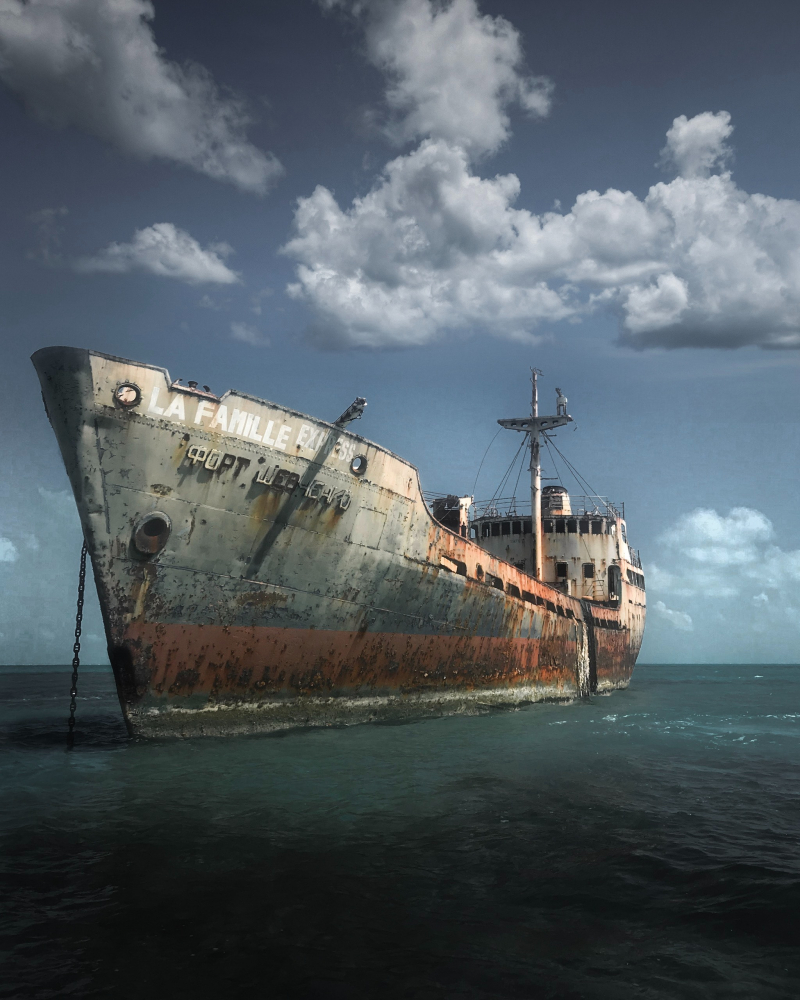
Image by Trace Hudson via pexels.com 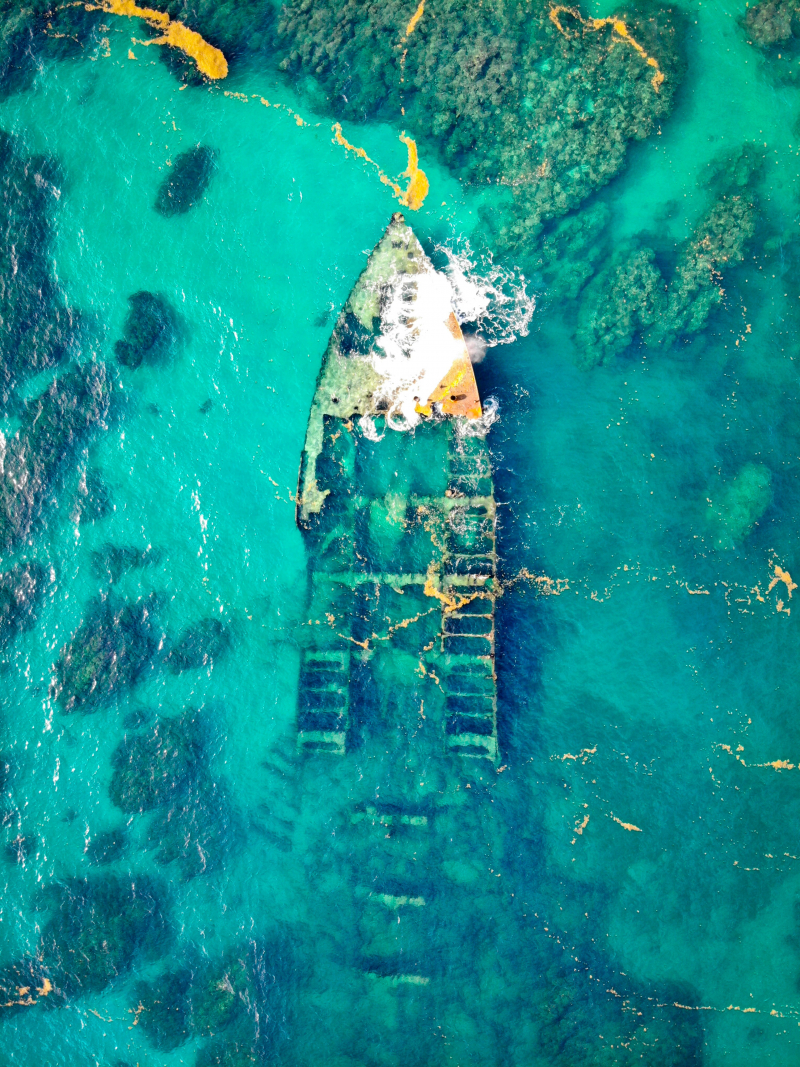
Image by Marc Coenen via pexels.com












